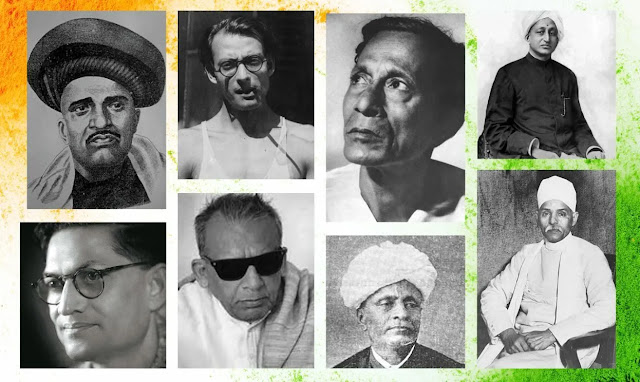## Exploring the Essence of Hindustan: Unraveling the Tapestry of India (Bharat)
In the heart of South Asia lies a land of incredible diversity, rich history, and vibrant culture - Hindustan, known as India or Bharat. Spanning across vast landscapes, from the towering Himalayas in the north to the pristine beaches in the south, India is a nation that captivates the imagination of the world. Let's delve into the captivating journey of this ancient land, its multifaceted identity, and the unwavering spirit that defines it.
### The Melting Pot of Cultures
India is a true melting pot of cultures, languages, traditions, and religions. With a history that dates back thousands of years, the land has been a cradle of civilizations, witnessing the rise and fall of empires, and the exchange of ideas and philosophies. From the majestic architecture of the Mughal dynasty to the intricate temples of the Cholas, every corner of India is adorned with a tapestry of artistic and architectural marvels.
The cultural diversity is equally reflected in the festivals celebrated throughout the year. Diwali, Holi, Eid, Christmas, and countless other festivals bring people together, transcending religious boundaries. The vibrancy of these celebrations showcases the harmony that prevails amidst diversity, making India a unique and harmonious mosaic of cultures.
### A Glimpse into History
To comprehend India, one must journey through its captivating history. The Indus Valley Civilization, one of the world's oldest urban cultures, flourished here. India has witnessed the influence of mighty dynasties - Mauryas, Guptas, Cholas, and the Mughals, each contributing to the nation's heritage. The colonial period under British rule further shaped India's destiny, leading to the struggle for independence under the leadership of Mahatma Gandhi.
On August 15, 1947, India finally broke free from the shackles of colonialism, emerging as a sovereign nation. The journey towards self-reliance and progress was a challenging one, marked by social reform movements, economic shifts, and technological advancements. Today, India stands as a testament to resilience and determination, embracing its history while striding forward.
### Diverse Geographical Marvels
India's geography is a testament to nature's artistry. The snow-capped peaks of the Himalayas stand guard in the north, sheltering pristine valleys and ancient monasteries. The Thar Desert in the west shimmers under the scorching sun, while the lush Western Ghats in the south are a haven of biodiversity. The fertile plains of the Ganges and Yamuna rivers have nurtured civilizations for centuries, and the serene backwaters of Kerala offer a tranquil escape.
India's biodiversity is equally astonishing. From the regal Bengal tiger to the playful dolphins along its coastlines, the country is a treasure trove of wildlife. Its numerous national parks and wildlife sanctuaries are a testament to its commitment to conservation.
### Nurturing the Spirit of Unity
India's motto, "Unity in Diversity," echoes through its social fabric. A nation with over a billion people, speaking hundreds of languages and practicing a multitude of faiths, India is bound by an invisible thread of unity. The democratic framework of governance ensures that every citizen's voice is heard, and the Constitution guarantees fundamental rights to all.
However, India also faces its share of challenges. Economic disparities, social inequalities, and environmental concerns are among the issues that the nation grapples with. Yet, the spirit of togetherness prevails, with people from all walks of life coming together to drive change and make a difference.
### Embracing Modernity while Preserving Traditions
As India steps into the modern era, it navigates the delicate balance between progress and heritage. Thriving IT hubs, innovative startups, and world-class educational institutions stand shoulder to shoulder with age-old traditions and rural landscapes. The nation's cultural heritage remains deeply ingrained in its daily life, from the way people dress to the rituals they observe.
India's influence on the global stage continues to grow, particularly in fields like technology, medicine, and space exploration. The "Make in India" initiative has further bolstered the nation's manufacturing capabilities, while its software engineers and entrepreneurs contribute to shaping the digital world.
### Embarking on a Journey of Discovery
In conclusion, Hindustan, also known as India or Bharat, is a land of boundless wonders. Its rich history, cultural diversity, geographical marvels, and unbreakable spirit make it a nation like no other. As India strides towards a future filled with promise and potential, it does so with the echoes of its past resonating in every step.
Embark on a journey of knowledge and exploration that spans the globe.
## _"Vasudhaiva Kutumbakam"_ - The World is One Family
https://anupatel.in/







.jpg)





































